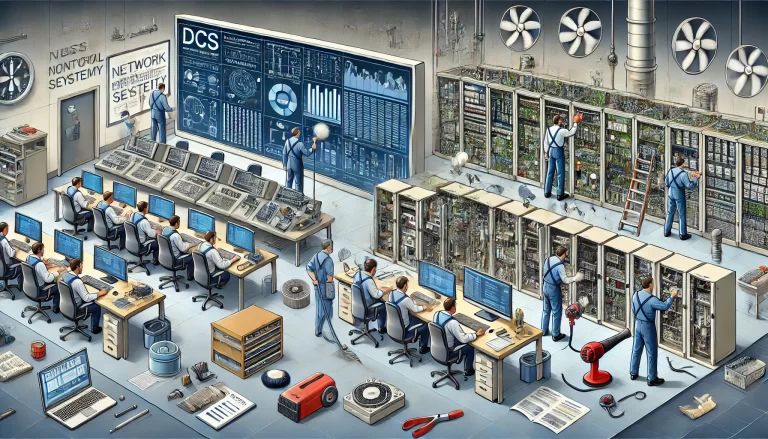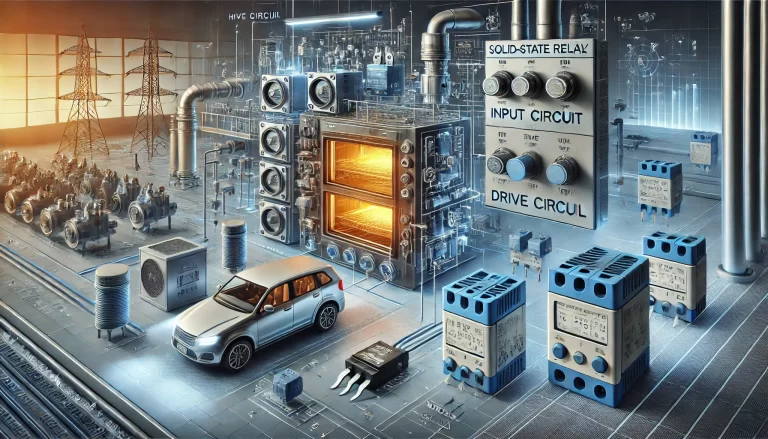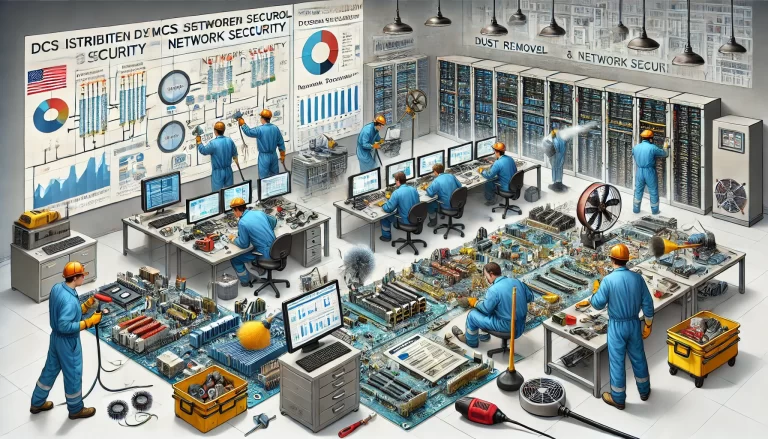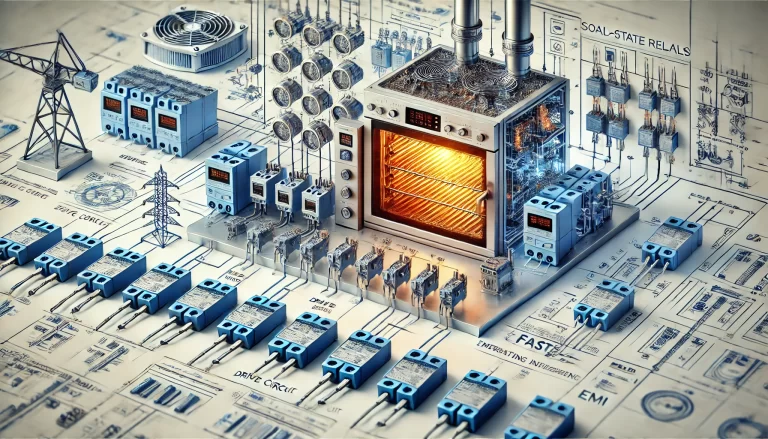1. What are the main methods to reduce instrument alarms?
- Reduce failures in field instruments and systems, handle failures promptly, and carry out preventive maintenance and reliability improvements.
- Optimize signal processing and control loops, filter I/O signals, and set signal thresholds, dead zones, PID parameter tuning, and control strategy optimization.
- Enhance the system’s automatic control rate and stability, ensuring control loops, process parameters, and equipment remain stable.
- Set up early warnings and configurations for instrument health status, and gradually improve early warning models for sections and equipment.
- Continue optimizing through alarm analysis and statistics, design alarm parameter settings, eliminate duplicate alarms, classify alarms, and continuously optimize models, manage the entire lifecycle of alarms, and implement closed-loop management and training to institutionalize alarm management.

2. What are the main contents of DCS network security design?
DCS network security design should combine hardware and software and provide a platform for real-time monitoring of the DCS network. Through specific security strategies, it should identify and log abnormal events and illegal operations in the system, providing real-time alerts. The main contents include:
- Setting up a bypass detection platform.
- Real-time detection of network parameters, such as network traffic, access numbers, abnormal event logs, and unknown device access to monitor network operation.
- Visualization of network parameters, such as network topology, operational parameters, event logs, and alarm information.
- Network security auditing, providing content, traffic, and behavioral audits according to security audit requirements and generating complete audit records.

3. What are the main contents of DCS inspection?
- Preparation before system shutdown and shutdown confirmation—people, tools, location, plans, data backups, etc.
- Dust removal for the system.
- Inspection and testing of hardware equipment—comprehensive functionality checks on I/O channels, modules, workstations, networks, etc.
- Replacement of easily worn components—filters, batteries, fans, etc.
- Comprehensive system inspection tests—using specialized software and calibration instruments to comprehensively check clocks, communication, memory, keyboards, indicator lights, interfaces, etc.
- Power supply system inspection and testing.
- Grounding system inspection and testing.
- Submission of an inspection (service) report.

4. How to perform dust removal during DCS inspection?
- Power off the system step by step according to the nodes.
- After ensuring static electricity precautions, remove the dust-removal objects one by one and place them at the designated worksite for blow-cleaning.
- Use a blower or instrument air to preliminarily treat the dust-removal objects.
- Use a brush to thoroughly remove any remaining dust.
- Use a cleaning agent to clean the circuit boards.
- Clean the frame and cabinet using a vacuum cleaner, blower, and cloth.
- Reinstall the cleaned modules and equipment.
- Restore all hardware and connection components to their original positions and states.

5. What are the main contents of a DCS inspection report?
- Provide a written inspection report on the system inspection and testing results, including system inspection records; real-time printouts of comprehensive software test reports; power supply system inspection and testing reports; system grounding inspection and testing reports; system communication network inspection reports; overall system performance reports; and reports on system weaknesses (potential risks in the system) and test results.
- Propose improvement measures and recommendations to solve system problems and potential risks, ensuring the system can operate normally and safely in the next maintenance cycle, and laying a solid foundation for future maintenance work.
